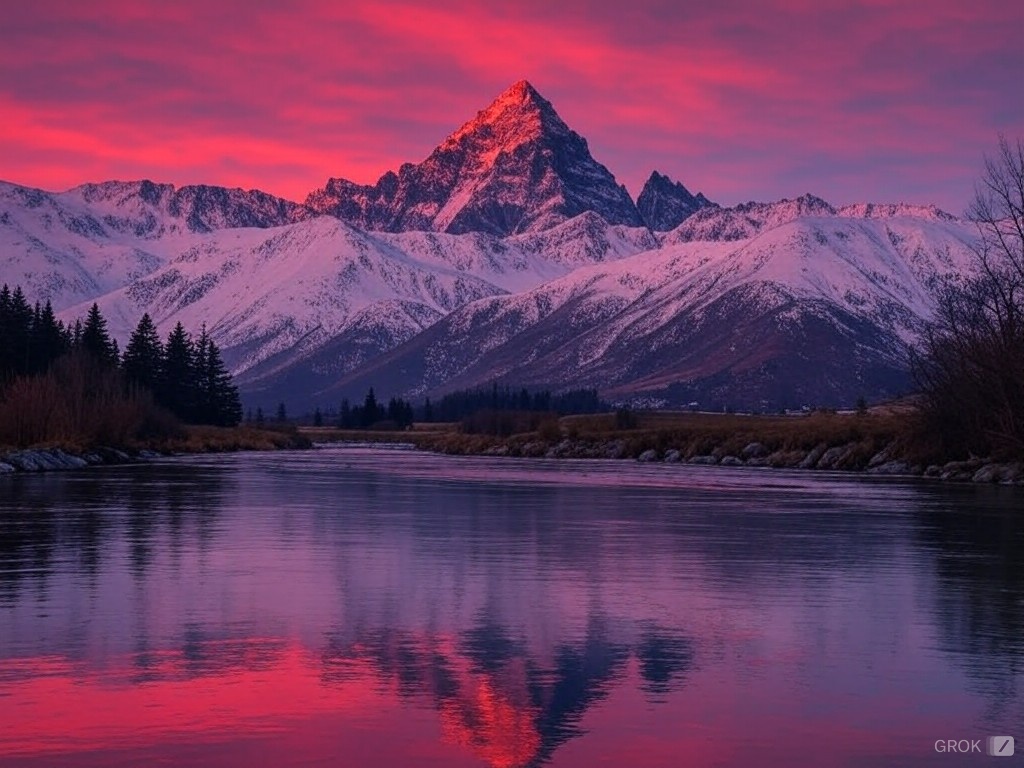Ah, Unity! If you’re even remotely keen on creating or diving into the wonderful world of game development, you’ve likely crossed paths with this name, right? Unity isn’t just a game engine – it’s more like a gateway that invites folks from every skill level into the realm of game creation. As a level designer myself, dabbling with Unity is like opening a vast storybook where each page lets you craft your own narrative. But what exactly makes Unity level design feel like such a charm? Let’s dive in, shall we?
Okay, to start off – it’s versatile! I mean, you can literally bring any game idea to life. Be it a simple 2D platformer or a jaw-dropping 3D adventure, Unity has got you covered. This engine is like a Swiss Army knife, packed with tools for every need. Sometimes I find myself lost in the ocean of features, but that’s part of the fun, isn’t it?
Unity uses something called a GameObject. Think of GameObjects as the atoms of your game. They’re pretty much everything and anything in the game environment. I sometimes joke around and call them the ‘LEGO bricks’ of game design. You can attach components to them, script their behaviors, and let them interact in fascinating ways. It’s a bit like playing chess with a twist of your own rules. Well, the queen might end up doing cartwheels if you want her to!
Real-time vs. Bake-time: When to Cook Your Level?
Now, let’s touch on a crisp yet somewhat crunchy part of Unity level design – lighting. Unity offers two ways: you can go for real-time or baked lighting. Real-time is as alive as it sounds, constantly updating and shifting according to the game’s live actions. Great for dynamic scenes, but oh boy, does it demand power. Baked lighting, on the other hand, is pre-calculated and static, less demanding on performance. I’ve spent hours deciding between the two, often wishing for a magical middle ground. Confusing? A bit. But, finding the perfect lighting feels as good as hitting a homerun.
Ever heard of the term ‘skybox’? If not, gaze up next time you’re in a game. That seemingly endless sky, the horizon where the sun sets, that’s your skybox. It can be a bit of a trickster, though. Getting it just right so that it looks natural but also wows the player isn’t always a walk in the park. Too dramatic and players feel out of place; too dull, and the magic’s gone. It’s like seasoning a dish – a pinch too little or too much can change everything.
Why Unity and Not Others?
Is Unity perfect? No way. I’ve had my moments of frustration, staring at the screen wondering if the bug I’m seeing is a new feature or a classic glitch. But, there’s a sort of raw beauty in overcoming these challenges. Plus, the community! It’s bustling with eager folks who are always ready to help. Sometimes, the solution to my biggest problems was just a forum post away.
In truth, choosing Unity is like picking which coffee shop to work from. There are other great spots (engines) – each with their own allure; however, Unity’s blend of accessibility and power, its massive community, and the sheer volume of resources make it a favorite spot for many, myself included. By the way, speaking of resources, the Asset Store is like a treasure chest – jam-packed with models, scripts, and tools that can cut down development time immensely. It’s incredibly handy when you’re on a tight schedule or budget.
So, yes, Unity might seem daunting at first glance with its myriad of functionalities and endless possibilities. But once you get the hang of it, it’s like riding a bike, thrilling and freeing!
Are you grappling with Unity for your next game project, or just want to delve into 3D game level design? Feel free to drop me a message at [email protected]! Whether you’re looking for specific technical advice or need someone to help bring your visions to life, I’m here to assist. Let’s create something fantastic together!
